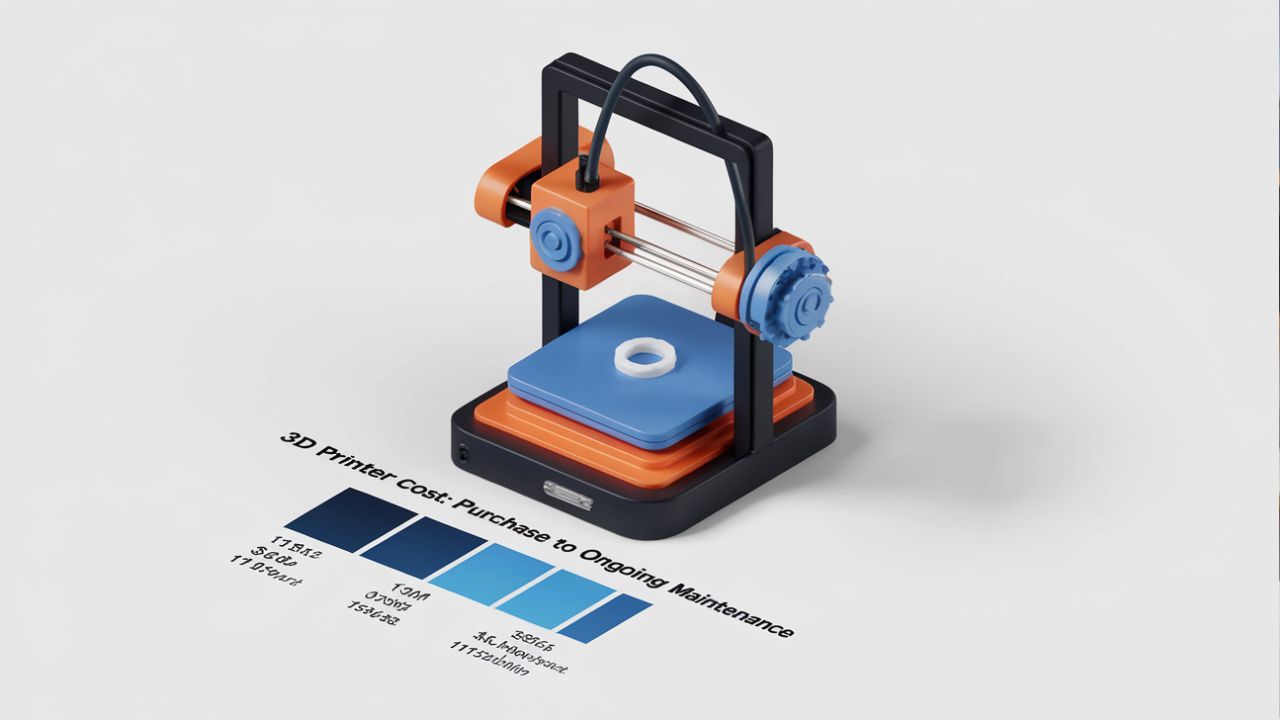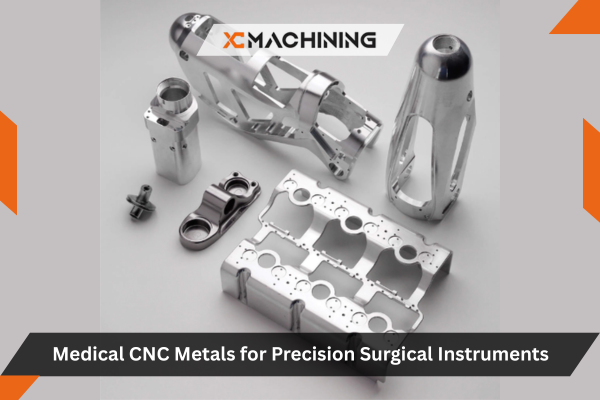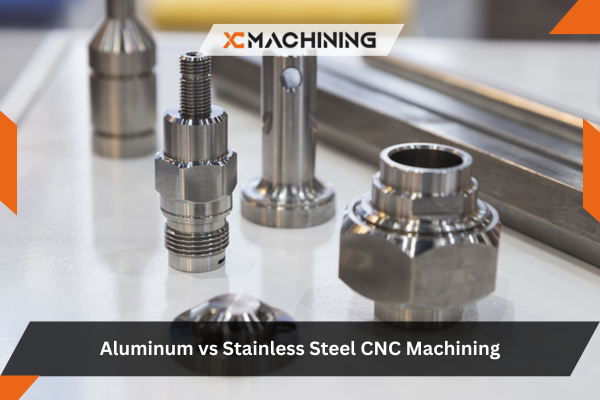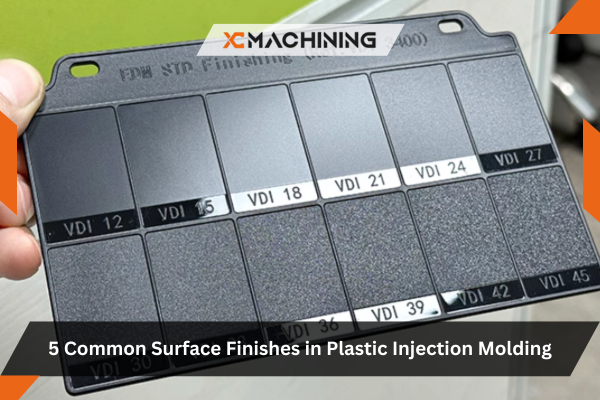Imagine you want to start 3D printing for your business. You’ve heard it’s a great way to create custom parts, prototypes, or even products. But before diving in, you realize there’s a big question: how much does a 3D printer cost? And what about the costs after you make the purchase? There’s more to it than just the initial price tag.
3D printer cost varies a lot depending on the printer’s type, its features, and how often it’ll be used. The costs don’t stop after buying the printer either. There are materials, maintenance, and operational costs to consider. In this blog, we’ll break down everything you need to know about 3D printer cost—from the purchase to ongoing expenses. Whether you’re thinking about buying your first 3D printer or already have one and want to understand the long-term costs, we’ve got you covered.
Initial 3D Printer Cost: What Should You Expect?
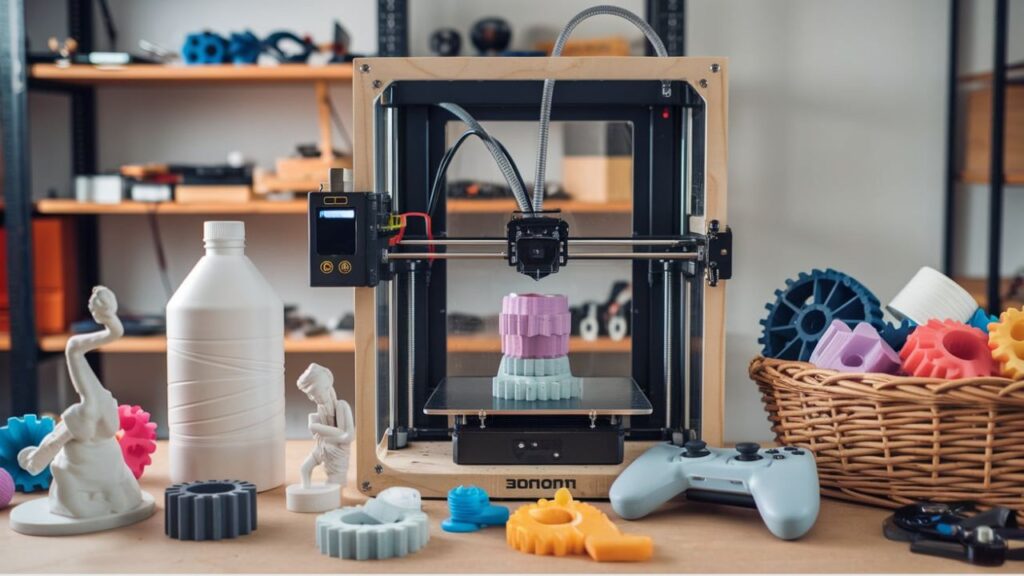
The first big expense you’ll face is the initial 3D printer cost itself. How much does it cost? Well, that depends on what kind of 3D printing you’re looking at. Entry-level printers can be as cheap as a few hundred dollars, while more advanced industrial-grade printers can cost thousands or even tens of thousands.
For businesses, you might be looking at printers that can handle large volumes or create parts with specific materials, which can push the price up. While the upfront cost may seem steep for some of the high-end models, keep in mind that these machines can help your business save on long-term production costs, especially when creating custom parts.
Entry-level printers
Priced between $200 and $1,000, these 3D printer Cost are perfect for beginners or hobbyists looking to experiment with 3D printing without a huge investment. They are ideal for basic tasks like small prototypes and personal projects.
Mid-range printers
Ranging from $1,000 to $10,000, these printers offer more features and better print quality. They are suited for businesses or serious hobbyists who need more precision, larger builds, and higher reliability for small-scale production.
Industrial printers
With prices ranging from $10,000 to $100,000+, these high-end printers are built for heavy-duty use in industries like aerospace, automotive, and manufacturing. They offer exceptional speed, material options, and precision for large-scale production runs and complex designs.
Materials Cost: What Will You Be Printing With?
After you’ve bought your 3D printer cost, the next big cost comes from the materials you use to print. These materials are commonly called filaments or resins, and they come in a variety of options depending on what you need.
The cost of materials can really add up depending on the type of printing you’re doing. For example:
- PLA (Polylactic Acid): Around $20 – $40 per kilogram (kg). PLA is one of the most common and affordable materials, perfect for beginners.
- ABS (Acrylonitrile Butadiene Styrene): $20 – $50 per kg. Used for stronger prints, ABS is popular in automotive and industrial applications.
- Nylon and other specialty filaments: $30 – $150 per kg. These materials are used for more durable or flexible parts.
- Resins: $50 – $200 per liter. These are typically used in SLA (Stereolithography) or SLS (Selective Laser Sintering) 3D printing for higher detail or specialized uses.
The material cost depends on the size of the print and the material’s type. For example, printing a simple small part might only cost a few dollars, but larger prints can add up quickly. So, when thinking about 3D printer cost, it’s important to factor in the materials you’ll use regularly.
Operational Costs: How Much Does It Take to Run the Printer?
You’ve made the initial purchase, and you have your materials, but there’s still the question of operating costs. How much will it cost to keep the printer running?
Here’s what you need to consider:
- Electricity: 3D printers use electricity to run. Depending on the printer’s size and the duration of its use, the energy cost can vary. Most 3D printers use around 50 to 250 watts of power, but larger machines can use up to 1,000 watts.
- Time: 3D printing takes time, and longer prints mean more energy used. For instance, printing a large part can take several hours or even days, which increases the total electricity cost.
- Cooling: Some 3D printers also require cooling fans or external air systems, which can add to energy usage.
These 3D printer cost aren’t huge on their own, but they can pile up, especially if you’re using the printer frequently. If you’re running multiple prints a day, these operational costs need to be factored into your total budget.
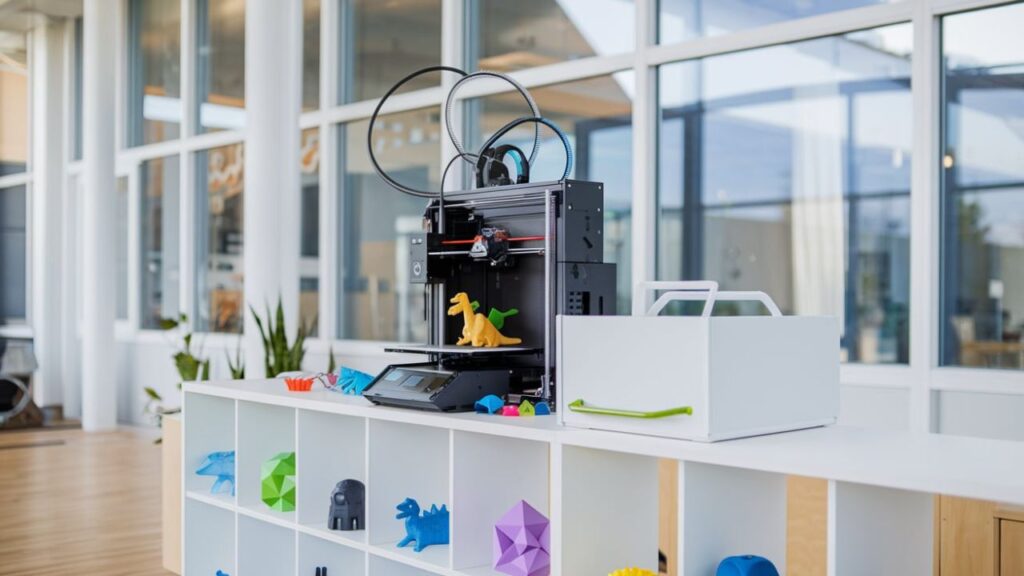
Maintenance Costs: Keeping Your Printer in Top Shape
Like any piece of machinery, 3D printers parts need maintenance to stay in good working condition. Over time, certain parts may wear out or need to be cleaned, which could lead to added expenses. Regular maintenance helps prevent unexpected breakdowns, but it’s also a cost you’ll need to keep in mind.
Here are some of the most common maintenance tasks for 3D printers:
- Cleaning and lubricating the print bed: This helps ensure the print quality stays high.
- Replacing the print head or nozzle: These parts can get clogged or damaged with heavy use, requiring occasional replacement.
- Upgrading software: Some 3D printer cost need software updates to stay up to date with new features or bug fixes.
These maintenance tasks can cost anywhere from $50 to a few hundred dollars per year, depending on how much you use your printer and the complexity of the machine.
Post-Processing Costs: Finishing Your Prints
Once your part is printed, it might not be ready for use just yet. Many 3D printer cost require post-processing to make the final product look its best or work as intended. Post-processing can include:
- Removing support structures: If you printed a part with support material, you’ll need to remove it.
- Sanding and smoothing: After printing, you might need to sand the part to smooth out any rough edges.
- Painting or coating: To make the part look professional or improve its durability, you might need to apply paint or other coatings.
These costs aren’t always obvious, but depending on the size and complexity of the parts, you might need to invest in tools like sanders, paint, or even specialized chemicals for cleaning.
Software Costs: Design and Printing Control
Before you can even think about printing, you need the right software to design the part and control the printing process. Some 3D printers come with software included, while others require you to purchase third-party options.
Here are some software-related 3D printer cost to consider:
- CAD software: If you’re designing custom parts, you’ll need computer-aided design (CAD) software. There are free options like Tinkercad, but more advanced software like SolidWorks or AutoCAD can cost several thousand dollars.
- Slicing software: This software prepares the 3D model for printing by “slicing” it into layers. Some printers have slicing software included, while others require a separate purchase.
- Maintenance and updates: Some software programs charge a fee for updates or new features, so factor that in as well.
Software 3D printer cost can be a one-time purchase or an ongoing subscription, depending on the software you choose. The price range can vary widely from free tools to expensive professional-grade programs.
3D Printer Consumables: Additional Items You’ll Need
While the primary 3D printer cost is the printer and materials, you’ll also need some other consumables. These are items that you’ll need to replace or replenish regularly as part of the printing process. Examples include:
- Print beds and adhesives: These help parts stick to the print bed during the printing process and may need to be replaced over time.
- Cleaning supplies: You’ll need cleaning materials like alcohol wipes, brushes, and solvents to keep your printer and parts clean.
- Replacement parts: From nozzles to belts and gears, 3D printers require various parts that might need replacing over time.
These consumables are typically low-cost, but when combined, they can add up over time. It’s smart to plan ahead and budget for these recurring expenses.
Hidden Costs of 3D Printing: What You Might Not Expect
While you may have a good idea of the big 3D printer cost like the printer and materials, some hidden costs can sneak up on you. These could include:
- Training: If you’re new to 3D printing in prototyping, you may need to invest in training courses or tutorials to learn how to use the equipment effectively.
- Failed prints: Sometimes, prints don’t come out as planned. Whether it’s due to a miscalculation, a malfunction, or a material issue, failed prints can waste time and materials.
- Storage: Large 3D printers take up space, and if you’re printing multiple projects, you may need storage for finished parts or materials.
While these costs might not always be obvious, they’re important to consider when budgeting for 3D printing in the long run.
Fact: 3D printer cost can cut down on manufacturing costs by up to 90% in some cases, thanks to reduced material waste and the ability to create parts on demand.
How to Lower Your 3D Printer Cost
If you’re looking to lower 3D printer cost, there are a few strategies you can try. One is to invest in a printer that has low-cost materials or uses less energy. Another strategy is to optimize your designs to reduce material usage, which can cut down on the cost of each print.
Here are some tips to reduce costs:
- Use lower-cost materials: PLA is often cheaper than other filaments like ABS or nylon.
- Design efficiently: Make your designs more efficient by reducing wasted space or unnecessary supports.
- Choose the right printer: Investing in a more efficient printer can save you money in the long term.
By planning ahead and using these cost-saving techniques, you can get the most out of your sustainable 3D printing investment.
How 3D Printing Can Save Money for Your Business
At first, 3D printing might seem like an expensive investment. But over time, it can help your business save money. 3D printer cost can reduce manufacturing costs, lower inventory needs, and help with prototyping.
Here’s how:
- On-demand production: You don’t need to produce large quantities of parts upfront. 3D printing allows you to make only what you need.
- Faster prototyping: Instead of spending weeks waiting for prototypes, 3D printing speeds up the process, allowing you to test and tweak designs quickly.
- Reduced shipping costs: By printing parts locally, you can cut down on shipping and storage costs.
In many cases, the upfront costs are offset by the savings these benefits bring.
Is 3D Printing Worth It?
So, is 3D printing worth the cost? It depends. If your business regularly needs customized parts, prototypes, or low-volume production runs, the investment could pay off quickly. Plus, the ability to create parts on demand and reduce material waste is a big win for both your budget and the environment.
However, if you’re only printing occasionally, or if you don’t need the level of precision or customization that 3D printing offers, traditional manufacturing might still be a better option.

Future of 3D Printer Cost
The future of 3D printer cost looks promising. As technology improves, we can expect to see prices for 3D printers and materials continue to drop. At the same time, new materials and printing methods will make the process even more efficient.
In the future, 3D printing may become even more affordable and accessible, allowing more businesses to take advantage of its benefits. As the industry grows, we can expect costs to decrease and technology to evolve, making 3D printing a powerful tool for businesses of all sizes.
Conclusion
When it comes to 3D printing, the 3D printer cost can add up, but the benefits are hard to ignore. From the initial purchase to ongoing maintenance and materials, you’ll want to carefully consider all of the costs involved. However, as we’ve seen, the right printer can save you money in the long run by reducing waste, speeding up production, and allowing you to create custom parts efficiently.
So, is 3D printer cost worth the investment for your business? With the right planning and smart strategies, it can be a great way to reduce costs, improve efficiency, and stay ahead of the competition. Wouldn’t you agree?
FAQs
What factors affect the cost of a 3D printer?
The cost of a 3D printer depends on its type, features, build size, and material compatibility. Entry-level printers are cheaper, while industrial models have more advanced features and higher prices.
How much do materials for 3D printing cost?
Materials like filaments or resins can cost anywhere from $20 to $200 per kilogram or liter, depending on the type and quality. Common materials like PLA are more affordable, while specialized materials like nylon or resin can be more expensive.
How much energy does a 3D printer use?
A 3D printer typically uses between 50 to 250 watts of power. Larger industrial machines can consume more power, especially during long printing runs. The energy cost adds up over time.
Is 3D printing more cost-effective than traditional manufacturing?
For small runs or custom parts, 3D printing can be more cost-effective since it eliminates the need for expensive molds or tooling. However, for large-scale production, traditional methods may still be cheaper.

